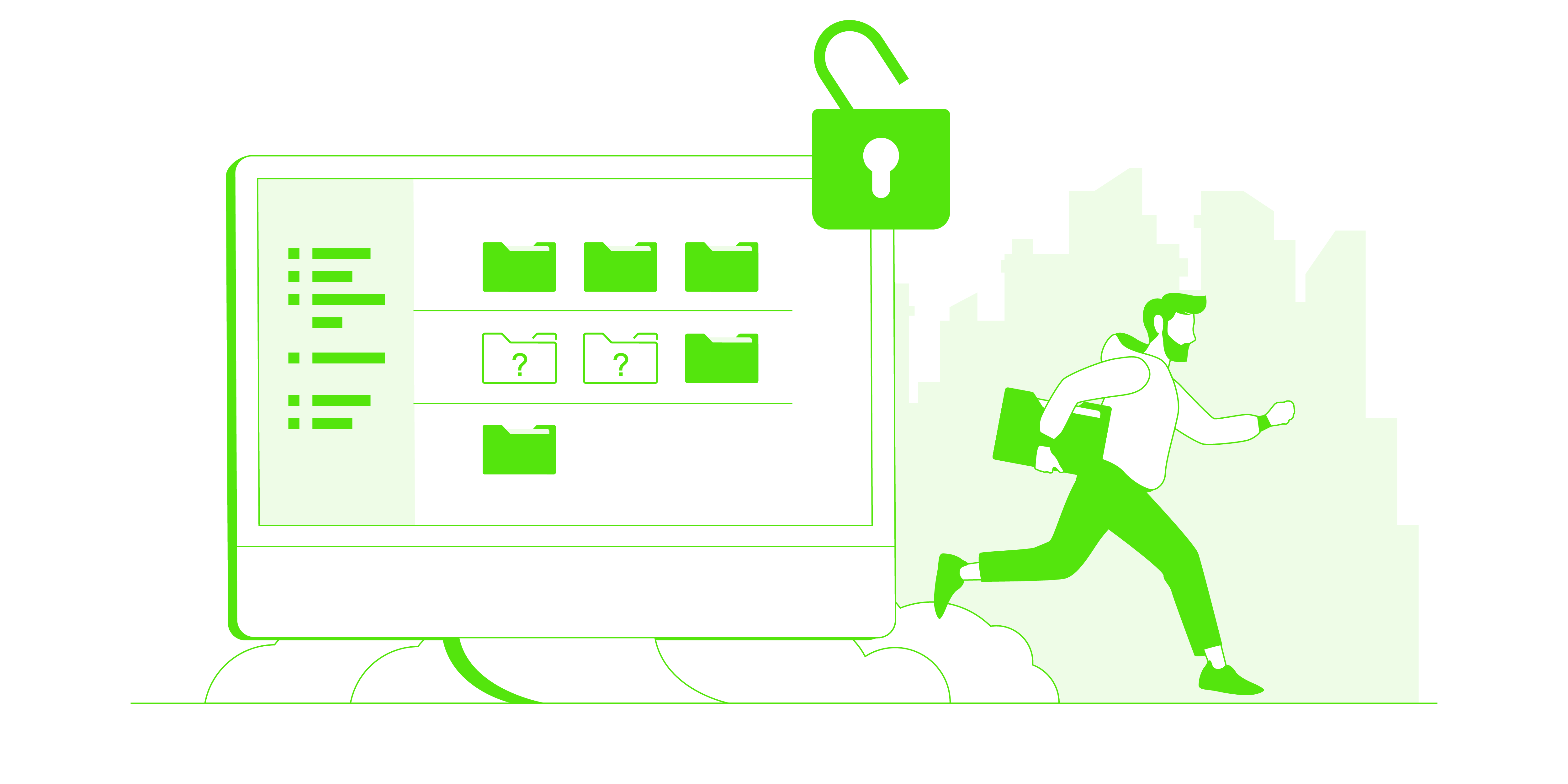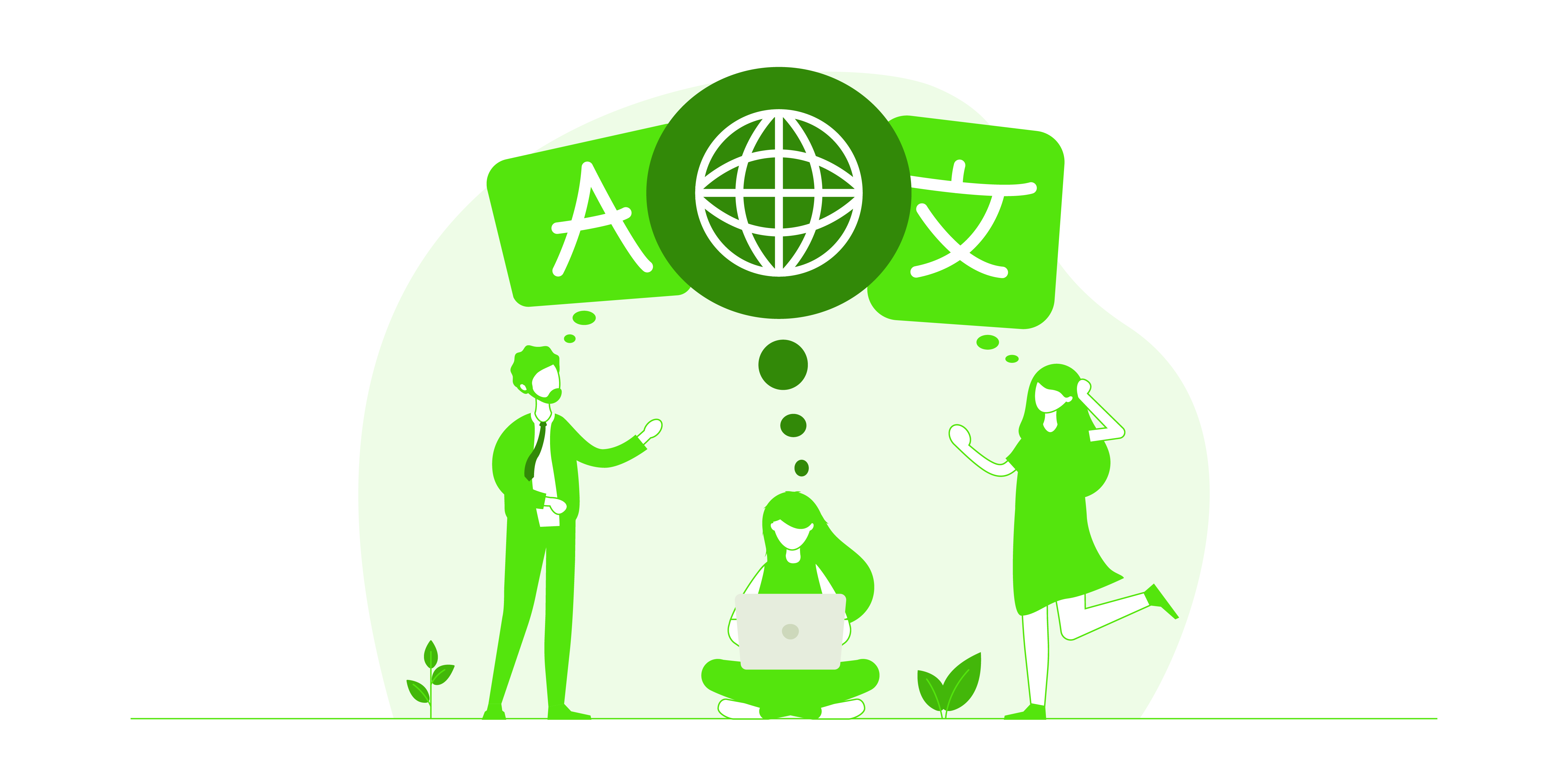Advanced SEO Solutions for Content and Multilanguage Websites

Advanced SEO Solutions for Content and Multilanguage Websites
February 18, 2025
In today’s digital landscape, advanced SEO solutions for content and multilanguage websites are essential for improving search rankings, enhancing user engagement, and ensuring optimal performance. This article explores key strategies, including Digital Asset Management, image autoscaling with smart cropping, modern image format support, internationalisation, and technical SEO best practices. Each section is designed to help you manage digital assets efficiently, optimise images dynamically, and deliver content that resonates with a global audience.
Digital Asset Management
Digital Asset Management (DAM) is a critical system for organising, storing, and delivering digital media assets in a structured and scalable way. It is a central repository for rich media files such as images, videos, audio, and documents, enabling seamless integration into content workflows.
Implementing a robust DAM system ensures that content delivery is faster and more consistent, a critical factor for maintaining strong SEO performance across diverse platforms.
Image Autoscaling and Smart Cropping
Image autoscaling and smart cropping are essential features in modern digital content workflows. They enable the efficient delivery of optimised images tailored for various platforms, devices, and use cases. Using them improves your visibility in terms of Article Structured Data. These techniques go beyond simple resizing, incorporating advanced algorithms and contextual awareness to ensure images retain their visual quality and relevance while meeting technical and functional requirements. For example, you can use serverless image handling.
Image Support for Auto WebP and Modern Formats
Modern image formats like WebP, AVIF, and APNG improve performance by reducing image sizes while maintaining high visual quality. Dynamically serving the most efficient format based on the Accept request headers enhances user experience, reduces bandwidth usage, and improves metrics like Largest Contentful Paint (LCP).
Internationalisation
Internationalisation (i18n) is crucial for making content accessible to global audiences, ensuring users see content in their native language and cultural context. A well-structured multilingual website improves user engagement, search visibility, and conversion rates.
- URL Structure for Language Variations
A well-defined URL structure helps search engines and users identify different language versions of a webpage. Common approaches include:
- Subdirectories: yourdomain.com/en/ (English), yourdomain.com/es/ (Spanish)
- Subdomains: en.yourdomain.com, es.yourdomain.com
- ccTLDs: yourdomain.co.uk (UK), yourdomain.es (Spain)
Using hreflang tags signals to Google the appropriate regional/language version to serve.
Example: https://pastecode.io/s/axczyh2r
Dictionaries
A well-structured dictionary system ensures accurate and efficient translation management for multilingual websites. This system enables consistent content translation, reduces duplication, and improves content scalability. There are three main approaches to generating translation keys: Manual, AI-Based, and Hybrid. You can use enterprise tools like Localazy or more library approach, any key: value solution with deep nesting will satisfy this scenario.
Manual Translation Key Generation
In a manual approach, translation keys are manually created and mapped to different languages by human translators. This method ensures the highest level of accuracy and cultural relevance but requires significant time and resources.
How It Works:
- Each text string in the source language is assigned a unique translation key.
- Human translators provide translations for each key.
- Stored in JSON, YAML, XML, or a database for structured retrieval.
Example: https://pastecode.io/s/6fsjbp7f
AI-Based Translation Key Generation
AI-driven translations use machine learning models to automatically generate translation keys and translated content. This method speeds up the translation process but may introduce inaccuracies without human review.
How It Works:
- AI extracts text strings from the content.
- Machine translation (Google Translate, DeepL, OpenAI, etc.) generates translated versions.
- The system stores translations dynamically or integrates them into a translation memory (TM).
Example Using AI:
- Extract Text: “Welcome to Our Website”
- AI Translates: “Bienvenido a nuestro sitio web” (Spanish)
- Stored in Dictionary: https://pastecode.io/s/masu9o9h
Hybrid Translation Key Generation (Best Approach)
A hybrid system combines AI-generated translations with manual human refinement for a balance of speed and accuracy.
How It Works:
- AI generates initial translations and assigns translation keys.
- Human translators review, edit, and approve the AI-generated translations.
- Approved translations are stored in a database or translation memory system (TMS).
Example Hybrid Workflow:
- AI-Generated Translation
- “Contact Us” → “Contáctenos” (AI-generated)
- Human Review & Correction
- Change to “Contáctanos” (More natural in Spanish)
- Finalized Translation Stored: https://pastecode.io/s/e9q8attu
Content SEO
Effective content optimisation relies on strategic word distribution and structuring. Search engines favour content that is well-organised, keyword-rich, and naturally flowing. Primary keywords should appear in titles, the first 100 words, and subheadings, while semantic variations help enhance contextual relevance. Overusing keywords can lead to penalties, so maintaining a natural flow is essential.
Long-form articles with engaging and informative content tend to perform better, but readability must be preserved. Proper structuring with H1, H2, and H3 tags improves both SEO impact and user experience. By combining these elements, you can create compelling content that appeals to both readers and search engines.
Technical SEO
Schema markup helps search engines understand webpage content, enabling rich search results and improved click-through rates. For instance, Article Schema enhances visibility for blogs, Product Schema adds pricing and reviews to eCommerce pages, and FAQ Schema displays Q&A directly in search results. These elements can be added using JSON-LD format for clarity and precision.
Canonicalisation is another critical aspect of technical SEO. By using canonical tags (rel=canonical), businesses can specify the preferred version of a webpage, avoiding duplicate content issues. Redirecting duplicate pages with 301 redirects and maintaining consistent internal links also helps consolidate ranking signals. Together, these practices ensure search engines focus on the most authoritative version of your content.
SEO Helper Extensions for On-The-Fly Error Detection
When developing dynamic, API-driven websites, ensuring that each page adheres to SEO best practices—particularly with elements like hreflang attributes and canonical tags—can be challenging. Fortunately, free Chrome extensions such as Detailed SEO Extension and SEO Meta in 1 Click are available to assist you.
These tools are designed to scan the current page you are viewing, making them particularly useful for validating specific dynamic content page types—such as “match pages” or “article pages”—where SEO elements are critical. By testing a representative page with dynamic content using these extensions, you can quickly identify and resolve issues with hreflang attributes and canonical tags or missing slashes in URL from your URL building service.
Conclusion
By integrating robust Digital Asset Management, image autoscaling, modern formats, and internationalisation strategies, you can create optimised content for both users and search engines. Combined with technical SEO practices like schema markup and canonicalisation, these solutions will enhance visibility, improve user experience, and drive global engagement in today’s competitive digital landscape.
Credits: Kamil Wilim



